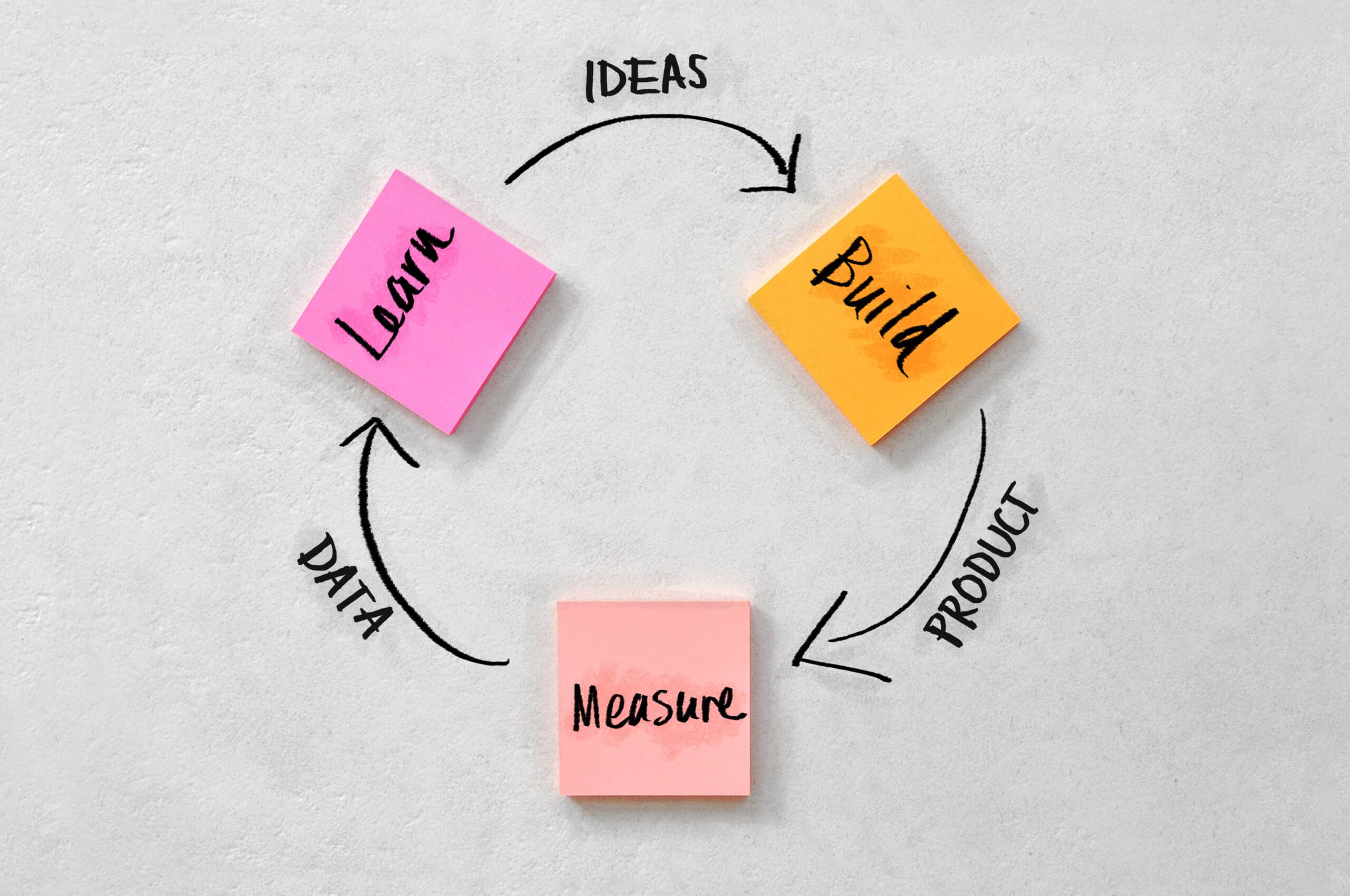Engaged and committed employees are more likely to create a valuable and profitable contribution to your business. That’s why business planning needs to think about the greatest asset to the business – its staff.
While daily tasks will vary based on the type of business and industry, there are universal strategies employers and managers can implement to ensure employees are optimally engaged in their work from day to day.
Collaborative Projects Develops Stronger Inter-Office Relationships
A great way to engage employees is to promote a team atmosphere by introducing collaborative projects. Working collaboratively is effective when brainstorming and problem-solving, to ensure the best strategies are being put into place. With a group of people working on a project, questions related to practicality and how to strengthen the project are more likely to arise, thus strengthening the overall outcome of the project.
Many people dislike collaborative projects as it requires them to communicate with others and forces an element of accountability over the work they produce. When hiring, make it clear that the workplace encourages a team-based atmosphere to weed out the applicants that aren’t prepared to work with others.
Encourage & Support Employee Well-Being (Physical, Mental & Emotional
While employees that work hard and prioritise the business are great assets to have, if they don’t live a balanced lifestyle and only focus on their job performance, they are more likely to burn out.
Creating a working environment where employees feel lucky to work with the business, rather than resent their job, will create a sense of commitment and loyalty between employees and the business. Ways to create this sense of commitment could include (where possible for your business):
- Making it easy and encouraging employees to participate in commitments outside of their work, such as special milestones their children participate in.
- Allowing employees time to attend appointments during work hours.
- Giving employees time to catch up on work they have missed through being sick or having other extenuating circumstances.
- Encouraging employees to look after their health, by promoting different physical activity pursuits such as office fun runs or lunchtime fitness.
- Ensuring there are facilities for employees to store and prepare healthy meals (e.g. a kitchenette, a break room).
Flexibility & Options For Working
A flexible employer is one that treats their employees as individuals with lives outside of work, not simply just as cogs in the wheel that only function to serve business goals. By providing flexibility to your staff, you are going to have people that want to work for you and you will retain them longer because of the benefits that come from being a part of your team. Ways to provide flexibility might include:
- Flexible working hours, such as starting and finishing early, starting and finishing late, or splitting a shift due to an appointment in the middle of the day.
- Working remotely – allowing your staff the option of where they can work gives them options on how they might structure their week (e.g. four days in the office/one day from home, a week in the office, a week from remote).
- Allowing a 9 day fortnight, allowing staff to take care of any other commitments on their fortnightly rostered day off.
- Allowing staff to work weekends if they require it (and if it is feasible to do so).













